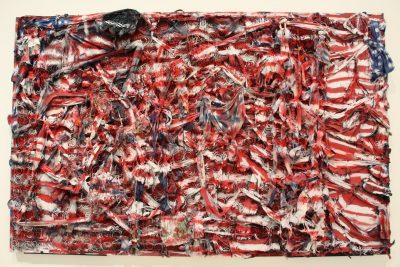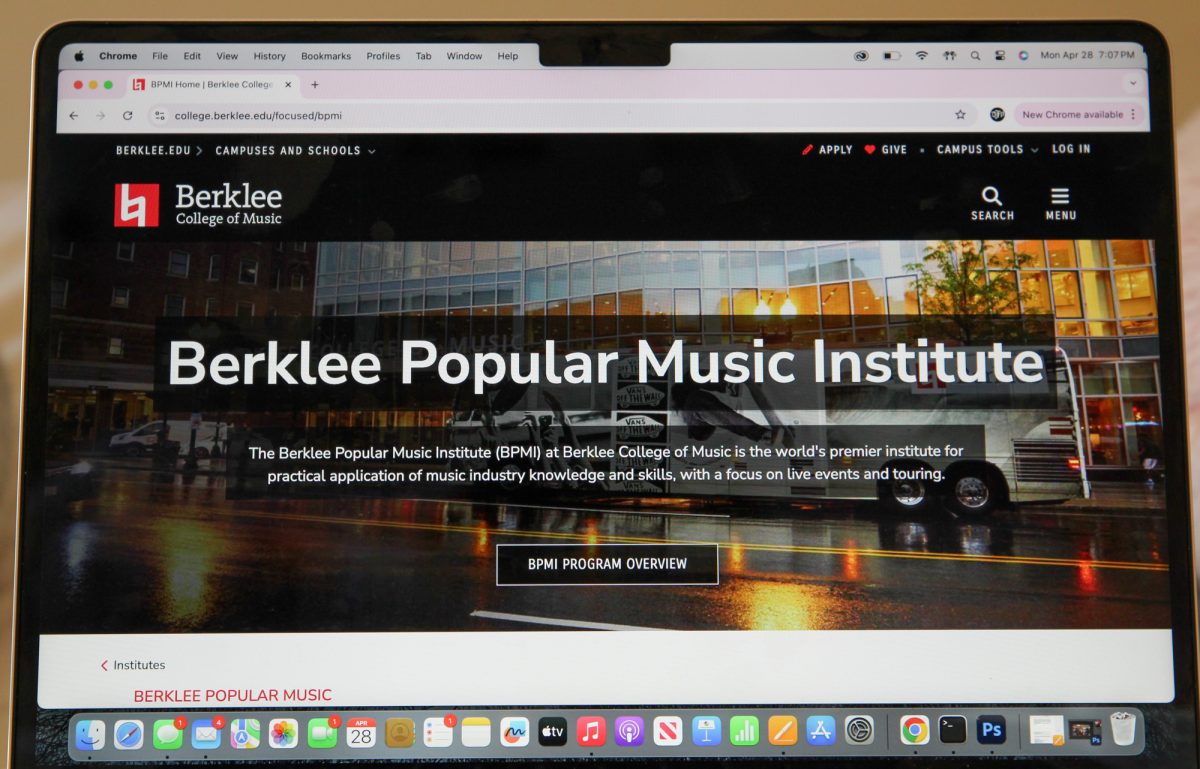Arts and science are sometimes thought to be on opposite ends of the spectrum of creativity. However, the Visual Thinking Strategies tactic has shown that implementing arts into other fields of learning, such as medicine, can have profoundly beneficial effects.

VTS is a learner-driven teaching technique used to improve attention to detail and communication in any student — from kindergarteners to medical professionals.
The Boston University Arts Initiative, BU School of Medicine and the Enrichment Office in the Office of Medical Education hosted VTS expert Alexa Miller April 6 to lead the event “Conversations that Matter: The Visual Thinking Strategies Approach.”
Ty Furman, managing director of the BU Arts Initiative, wrote in an email this event was “a great opportunity to support faculty and students who then can use VTS strategies in the classroom and other contexts.”
“VTS provides and opportunity to explore and practice being critical about your own process of viewing and interpreting things,” he added, “and thinking about the value of teams and collaborative work.”
Alexa Miller — described in the event description as “a visual artist and facilitator by training” — founded “ArtsPractica” in 2011 to educate physicians through uncertainty by using VTS, in the hopes of enhancing communication and the practice.
When the VTS technique was first presented in the early 1990s, it was considered controversial, but today has been increasing in popularity due to growing research.
In an interview, Miller said the strategies helped her personally in a profound way.
“Learning how to facilitate Visual Thinking Strategies helped me learn to listen very deeply and enter the worlds of other people in a way that I didn’t even know existed before I learned it,” Miller said, “and find meaning in art that has brought art alive for me in a really life changing way.”
A key component of VTS is giving oneself a fresh viewpoint when expertise can bring blind spots. Miller said she founded the business “out of a growing concern of the way in which uncertainty in medicine is misaligned with reality.”
She said arts is a field that normalizes risk and uncertainty — something she thought medicine could benefit from.
Miller said she has been using the technique for 20 years, specifically with medical students, practitioners, teachers and leaders, and has used it as a “driving force” in her research about uncertainty in the medical field, too. She said this has helped her personal learning as well.
“Because of the way the method works, it’s kind of like an automatic forcing function for a teacher to have humility and to learn from their students,” she said, “and it’s also been a really important part of my own personal learning trajectories.”
Suzanne Sarfaty, assistant dean of academic affairs in the BUSM and an associate professor of medicine, said the technique has recently gained much traction in the medical field because of its research for both medical education and interprofessional education.
“There’s an increasing movement of people who are interested in using alternative kinds of techniques,” she said, “to engage an audience [and] engage people in teaching.”
Many research studies have shown the differences in medical practice before and after these strategies are implemented, showing an improvement in observation and analysis.
VTSs are learned through a conversation, prompted by questions to share the students’ lines of thought and reasoning in a social context. The use of VTS is thought of as a paradigm shift in the realm of education that can be used at many levels of learning.
Miller said medical faculty at BU and across the medical community can use VTS to further their practice and gain new perspectives.
VTS proves that across disciplines, new modes of thinking can challenge norms and biases, encourage conversation and demonstrate how to ask powerful questions.
“At its core, it’s about human creativity,” Miller said. “It’s sort of a belief in the creative acts that humans make, is a really important part of our ability to transcend and recreate our worlds.”

























































































































